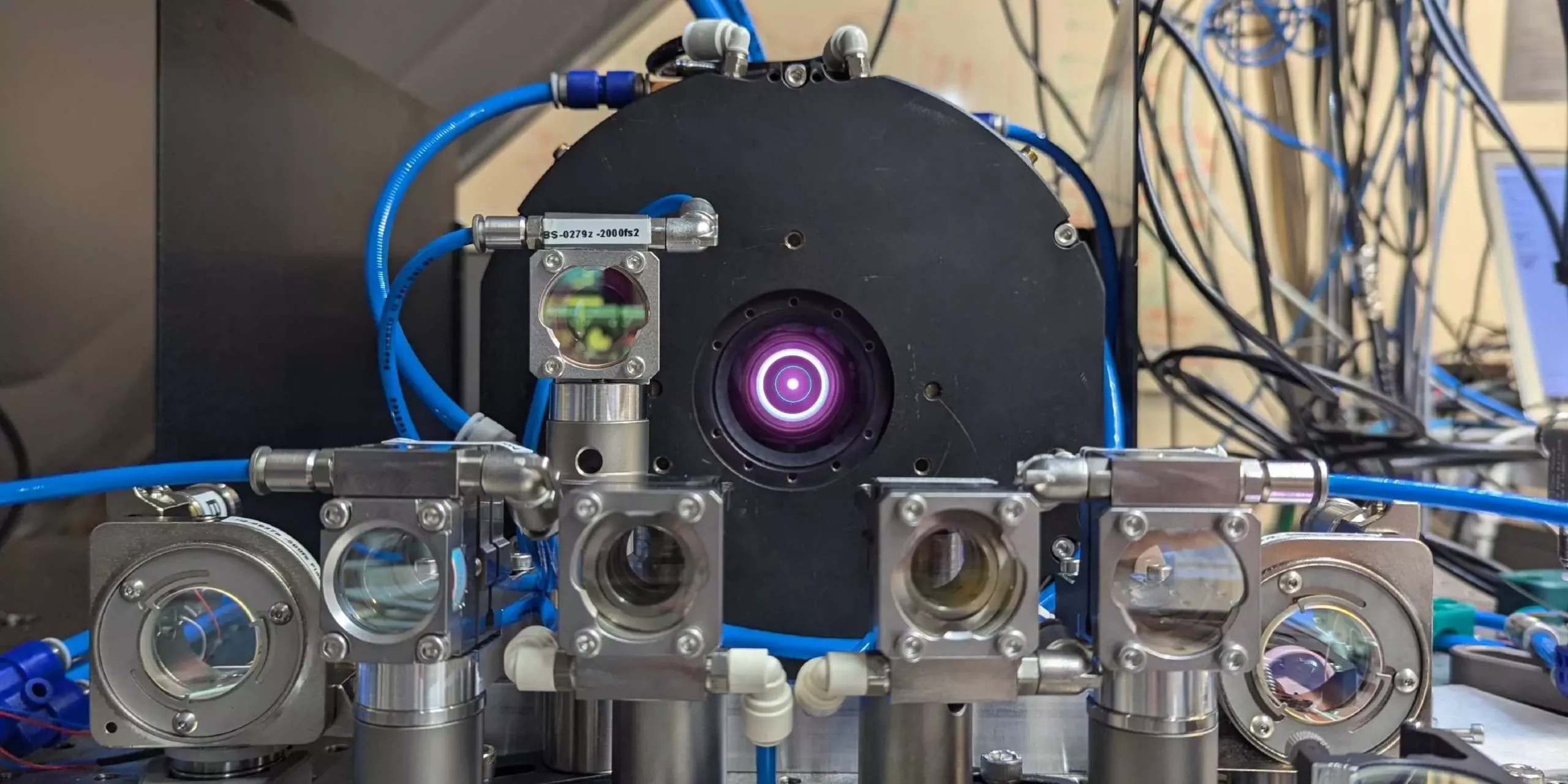Lasers have long been synonymous with intense beams of light, often used in various applications like cutting, medical procedures, and technology-based tasks. The conventional notion of lasers tends to focus on continuous light waves; however, in the realm of advanced scientific research and industrial applications, there’s an emerging need for lasers that emit extraordinarily short, yet powerful bursts of light. These innovations are shaping new frontiers in areas such as materials processing and high-fidelity imaging.
The Race for Shorter and More Powerful Pulses
Recent advancements in short-pulse laser technology have ushered in a new era of precision and capability. A pioneer in this field, Ursula Keller, a professor at ETH Zurich’s Institute for Quantum Electronics, alongside her research team, has made significant strides. They have set a remarkable new benchmark in short-pulse laser output, achieving average powers of 550 watts—a groundbreaking improvement exceeding previous records by over 50%. This leap forward means that their laser system can generate pulses that last less than a picosecond (one trillionth of a second), emitting at an astonishing rate of five million pulses per second.
To put this power into perspective, these rapid pulses can peak at 100 megawatts, illustrating their potential. This kind of energy, concentrated over a minuscule time frame, can theoretically power an astonishing number of household vacuums all at once. This considerable enhancement in power and pulse duration opens windows to various applications ranging from high-speed imaging to exploring the incredibly fast processes in attosecond science—the study of phenomena occurring on scales of a billionth of a billionth of a second.
The path to this milestone has not been devoid of challenges. Keller’s research group has dedicated the past 25 years to refining short-pulsed disk lasers, utilizing a thin disk made from a crystal containing ytterbium atoms. Throughout their journey, numerous obstacles emerged, leading to the destruction of essential components within the laser. However, with such challenges came new insights that ultimately rendered laser technology more reliable and robust.
The key to their success lies in two critical innovations. Firstly, the team implemented a specific arrangement of mirrors that enables light to pass through the disk multiple times before exiting through an output mirror. This design allows for significant amplification of the light without leading to instability within the system. According to Ph.D. student Moritz Seidel, this configuration adeptly increases the intensity of the laser beam while maintaining balance.
Secondly, the introduction of the SESAM—an acronym for Semiconductor Saturable Absorber Mirror—has revolutionized how these lasers operate. Keller invented this innovative component thirty years ago, and it functions differently than typical mirrors. Unlike conventional mirrors, the SESAM’s reflectivity is contingent upon the intensity of incoming light. This capability means that as the energy within the laser peaks, the SESAM effectively encourages the system to emit shorter, more potent pulses instead of a continuous beam.
Creating a high-power pulsed output directly from a laser oscillator presents unique technical hurdles that require careful consideration and innovative solutions. For instance, the integration of a thin sapphire window onto the semiconductor layer of the SESAM mirror was one of the critical challenges that the research team had to navigate. This window significantly enhances the operational properties of the mirror, ultimately contributing to the success of generating short pulses.
Seidel recounted the exhilaration felt upon witnessing the successful pulse creation, which serves as evidence of a triumphant engineering feat. Keller herself expressed optimism regarding the future applications of their discoveries, particularly in the context of frequency combs operating in the ultraviolet to X-ray ranges. There remains the tantalizing prospect of achieving even more precise measurements in time and space, inspired by the fundamental nature of physical constants.
Future Implications and Applications
The importance of these advancements extends far beyond the laboratory. Notably, the capability of generating terahertz radiation from the new laser system opens avenues for examining materials with unprecedented precision. This radiation, being at a longer wavelength than visible or infrared light, paves the way for groundbreaking methodologies in material testing and analysis.
Keller and her team’s achievement signifies not only a leap for short-pulse lasers but also affirms the viability of laser oscillators as a compelling alternative to traditional amplifier-based systems. These innovations promise enhancements in measurement technology and experimental observation, thereby revolutionizing the field of laser science and its myriad applications. The future of laser technology appears bright, presenting an exciting landscape for both researchers and industries alike.


Leave a Reply